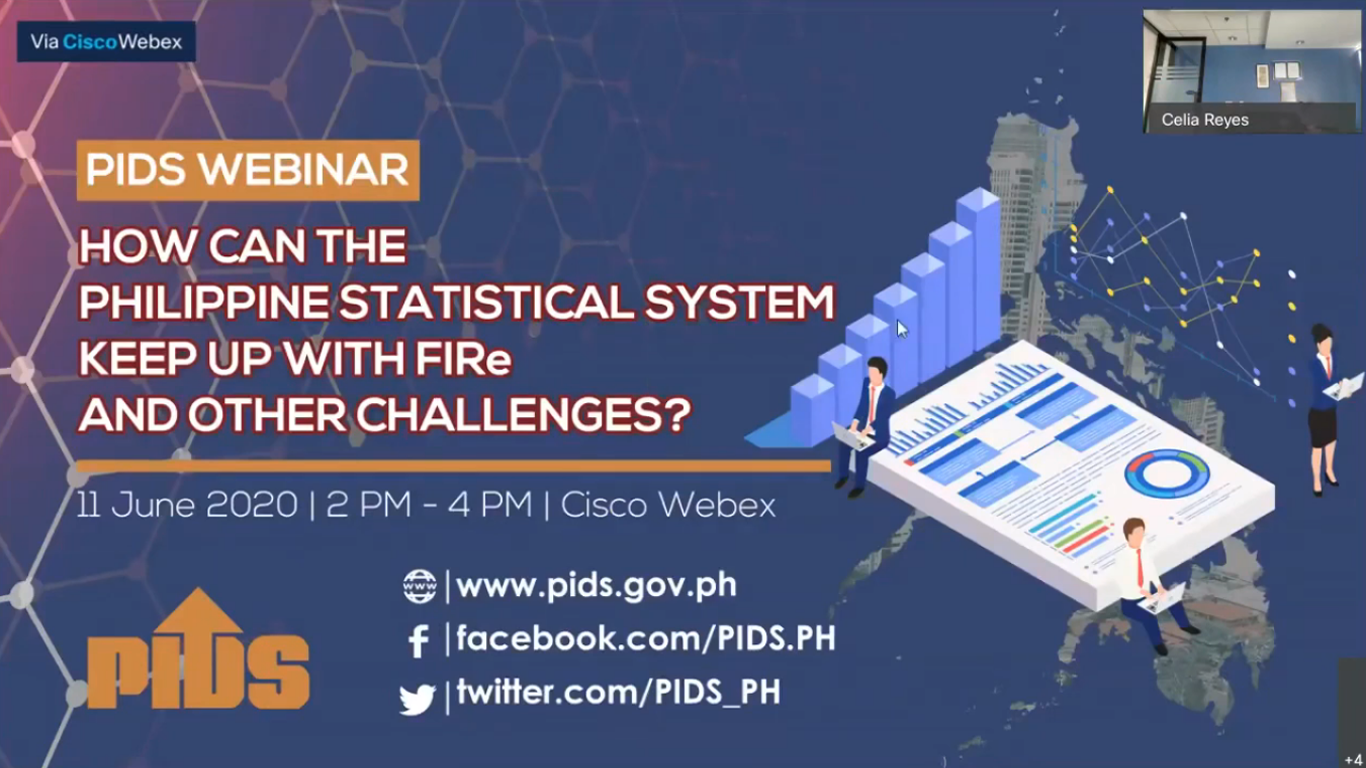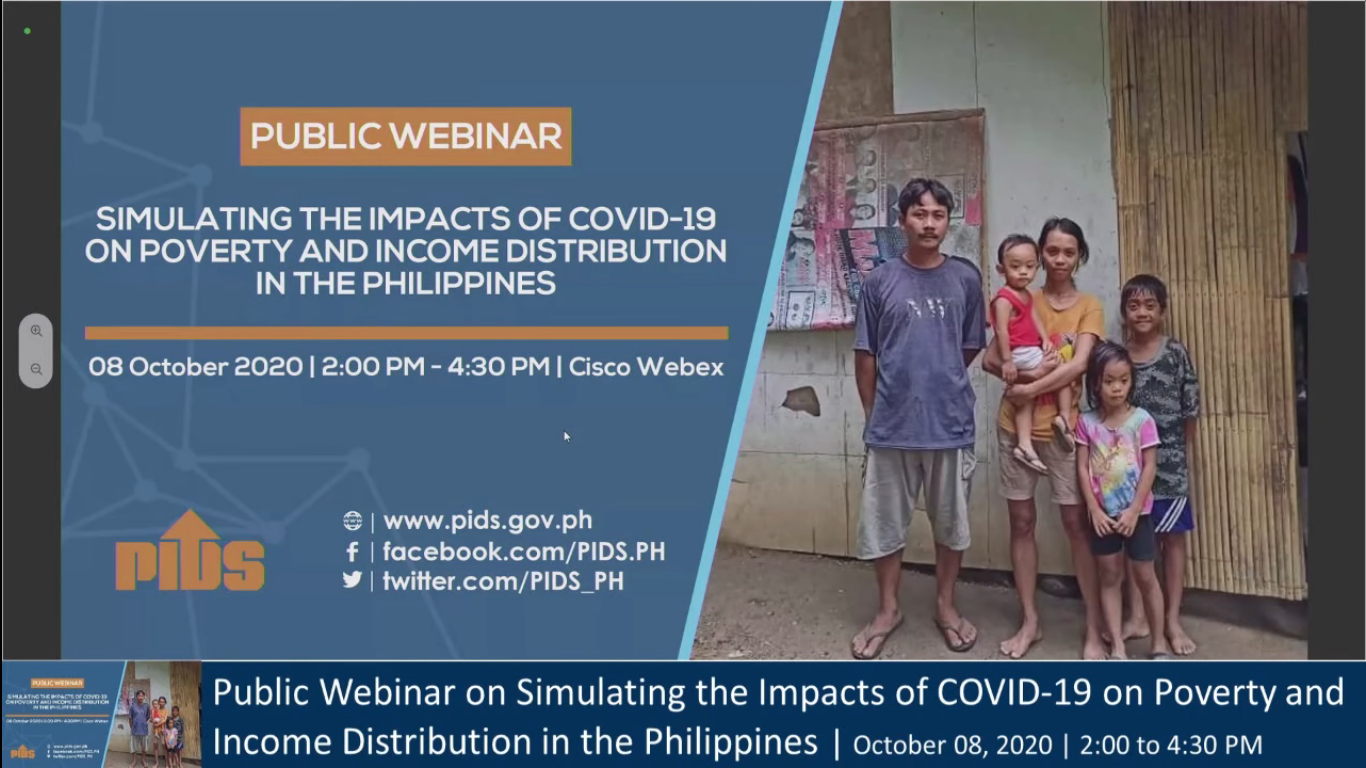There are very few for-profit business ventures that can eradicate Philippine poverty more effectively than agribusiness. This is the thesis of one of the many publications of prominent agribusiness economist, Dr.Rolando Dy, on the business of growing, harvesting, warehousing, trading, processing, marketing, and retailing food and other agricultural products (the whole value chain covered by the term “agribusiness”). Entitled “Agribusiness and Rural Progress: Actions for Poverty Reduction,” the book is a must reading for all academics, students, entrepreneurs, bankers and other financiers, NGO and government officials who have any interest in the agricultural sector of the Philippines. In fact, considering that Philippine poverty is predominantly a rural phenomenon (75% of those below the poverty line in the Philippines are in the rural areas), I would consider every businessman who invests in agribusiness as a social entrepreneur, i.e., in seeking profit while investing in agribusiness, as directly contributing to the solution of a social problem. There is no denying that the biggest social problem of the Philippines is the fact that more than 20 percent of our population are living in dehumanizing poverty. Those are 20 million or more human beings whose incomes must be enhanced so that they can attain a minimum level of human decency and comfort. This can be done by finding ways and means to involve most of them in agribusiness endeavors.
In the first article in the part entitled “Rural Development and Poverty Reduction,” Dr. Dy makes the very important point that adequate incomes are key to food security. For example, in 2014, poverty incidence rose to 25.8 percent from 24.6 percent in the same period of 2013. The National and Economic Development Authority (NEDA) attributed the higher poverty incidence to the spike in rice prices which rose 11.9 percent in the first semester of 2014 from only 1.7 percent in the first half of 2013. This was attributed to the delay in rice imports. It is clear that among the poor, who have a thin income buffer, price hikes, especially of basic commodities like rice, can increase poverty incidence. This is being repeated during the first half of 2018 when the price of rice has also risen significantly as a result of a combination of factors: higher prices of transport due to higher oil prices, the depreciation of the peso, and increased specific taxes on fuel mandated by the tax reforms.
A business opportunity suggested in the article is to invest in raising the farm yield in Philippine farms, which have the lowest in the ASEAN. This low farm field not only affects food supply but more so, farm income. Another area of investment that addresses directly the problem of food security for the poor households is the curtailing of food waste, which globally is about 30 percent of the food supply. This would require both government investment in rural infrastructures, such as farm-to-market roads and post harvest facilities, as well as private investments in warehousing and other logistical facilities which will reduce the spoilage as food is shipped from farms to its final destination. It is a no brainer that recovering food that would otherwise be wasted is generally a win-win for food security and waste prevention.
A very interesting example of data analytics is Dr. Dy’s use of the Family Income and Expenditure Survey (FIES) data to dramatize the point that eradicating poverty has very significant consequences on the domestic food market, thus leading to quantum leaps in investments in agribusiness for both local and foreign investors. He uses the income class categories of the FIES, i.e., households with less than P40,000 annual income; P40,000 to less than P60,000; P60,000 to less than P100,000; P100,000 to less than P250,000; and P250,000 or over. Assuming that a family in one class starts to move up by one income class, there will be a 150 percent increase in food spending for the lowest class; up 42 percent for Class II; up 57 percent for Class III, and up 80 percent for Class IV. If all the poor move up one class, the additional total food market would be a whopping P389 billion a year, up by 22 percent. If we totally eliminate all the poor classes (earning less than P100,000 annually), the additional food market would be P458 billion annually, a 26 percent change over the 2012 food market of P1,768 billion. This potential demand study, although rather simplistic, demonstrates that poverty alleviation, especially in the country side where most of the poor live, has tremendous market impact. The domestic market for food markets can stimulate further the growth of the food and beverage industry—already the largest component of the domestic manufacturing sector—with the consequent increase in employment and demand for all types of industrial products and services needed in the value chain of agribusiness.
In an article entitled, “Contract Farming, Boon or Bane?”, Dr. Dy discusses the pros and cons of contract farming defined by the Food and Agricultural Organization (FAO) as “agricultural production carried out according to an agreement between a buyer and farmers which establishes conditions for the production and marketing of a farm product or products.” Contract farming is practiced all over Southeast Asia, especially in broiler chicken, dairy, oil palm, vegetable, and seeds. In the Philippines, most of the chicken value chain is contract-grown by San Miguel and Bounty’s farm from day-old-chicks to hatching to growing. Very soon, the biggest contract growing arrangement in poultry will be located in the town (soon to be city) of Sto. Tomas, Batangas, between Cargill, a major international commodities firm and the largest Philippine fast-food chain Jollibee. There are firms engaged in okra for export to Japan. Cavendish banana exporters, such as Dole Stanfilco, Sumitomo Fruits, Unifrutti, and Lapanday Foods, are mostly supplied by contracted farmers as is the case with some companies in pineapple exports, such as Dole and Davco.
A 2008 report of the Asian Development Bank Institute by Sununtar Sethboonsarng listed the benefits of contract farming as market access, increased farm incomes, reduced risk of price fluctuations, credit access, timely supply of inputs, reduced production risks for farmers, and introduction of higher-value crops. The same report, however, enumerated some negative aspects: buyer’s monopoly power, shift of labor management to family farms, contract enforcement, bias of firms towards large farms, intensive management needs of grower, and increased risks for the firm. In the sugar industry, a specially problematic issue is that of pole vaulting, i.e,, selling by contract farmers to other buyers who offer higher prices, thus reneging on their contracts. Other dangers to small farmers are cited by Shankar Gopalakrishnan, an Indian political economist, such as companies changing the standards of the agreement over the years, like imposing stricter standards; delayed payment by companies; the company demanding the use of certain brands of fertilizers; and the company requiring the farmer to invest in new facilities, or requiring workers to put in longer hours and at different times, and insisting that the crop has to be delivered at a certain exact time.
Although admitting that contract farming is not a single “silver bullet” to attain inclusive growth, Dr. Dy concludes that overall, contract farming has been a good business model in the Philippines. It successfully integrates market access, technical assistance, and financing support. There is evidence of long-term expansion in such contract-grown crops as banana, pineapples, okra, poultry, hogs, vegetable seeds, and oil palms. In a trail blazing study, Roehl Briones of the Philippine Institute for Development Studies (PIDS) demonstrated that contract farming led to a sizeable increase in profitability for the tobacco farmers in Northern Luzon. He showed that contract farming favored smaller farmers, which is contrary to previous findings. It is hoped that, together with the centralized farm management model that we can learn from the Malaysians as well as nucleus estate model of Indonesia contract farming can also apply to other high-value crops like cacao, coffee, rubber, mangoes and other fruit trees, and most especially coconut that is in great need of business models that can raise the incomes of some of the poorest of the poor in the country, the coconut farmers.
(To be continued).












